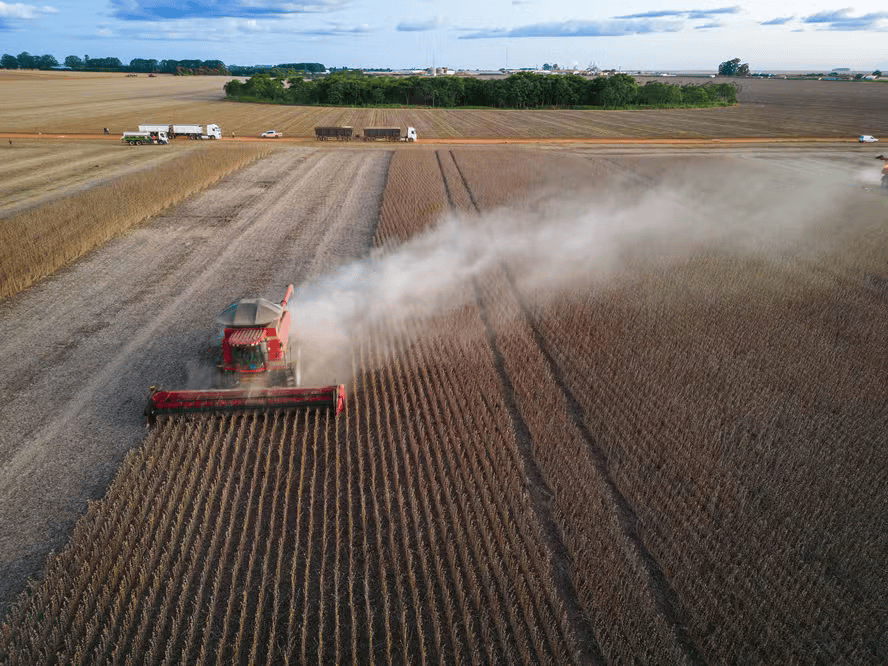IBGE expects a 7% increase in production compared to this year
Although droughts have delayed the start of the agricultural year, producers have accelerated the planting of crops, which points to a positive scenario with increased production in 2025. The assessment was made by the manager of the Systematic Survey of Agricultural Production (LSPA) of the Brazilian Institute of Geography and Statistics (IBGE), Carlos Barradas.
The institute released this Thursday (12/12) the second forecast for the 2025 harvest, with an estimated 7% increase in production compared to this year, to 314.8 million tons, or an increase of 20.5 million tons. Compared to the first forecast, there was an increase of 1.2% in the estimated volume, or 3.9 million tons.
The movement reflects a recovery from losses in 2024, according to Barradas: “Although the 2025 agricultural year is delayed due to the delay in rainfall in the grain-producing states, with the arrival of humidity, producers mobilized and quickly planted these crops and, now, they are doing relatively well, which increases the expectation of an increase in the harvest for 2025”.
The expected 7% increase in production in 2025 is driven mainly by increases, compared to 2024, in the estimates for soybeans (12.9% or 18.6 million tons); for first-crop corn (9.3% or 2.1 million tons); rice (6.5% or 686.9 thousand tons); and first-crop beans (29% or 262.2 thousand tons).
For 2025, the total estimated area for cultivation of cereals, legumes and oilseeds is 79.8 million hectares, an increase of 0.8% compared to 2024. Crops such as paddy rice (5.2%), first-season beans (7.1%), seed cotton (1.0%), second-season corn (0.9%) and soybeans (1.4%) are among the highlights for 2025. On the other hand, a decline is expected for first-season corn (-1.9%), sorghum (-4.7%) and wheat (-3.9%).
According to the IBGE, Mato Grosso – the leader in grain production in the country, with a 31.2% share – is expected to record a 1.9% increase in the volume produced. Other highlights include Paraná (11%), Rio Grande do Sul (12.4%) and Mato Grosso do Sul (24.1%), as well as Minas Gerais (6.1%), Goiás (5.0%), Bahia (6.7%), São Paulo (16.3%), Tocantins (0.3%) and Santa Catarina (4.6%), for example. On the other hand, there is an expectation of a decline in production in Maranhão (-0.2%), Sergipe (-1.7%) and Pará (-7.7%).
Regarding 2024, the IBGE increased its harvest estimate by 0.2%, from 545.5 thousand, to 294.3 million tons. The volume is 6.7% lower than that of 2023, or 21.1 million tons less. Barradas attributed the drop to climate problems, whether drought or heavy rains.
“Climate problems occurred in most of the producing states, mainly in the Central-West and South regions. In these regions, there was a lack of rain and high temperatures in both harvests. In the state of Rio Grande do Sul, there was also a large volume of rain in the months of April and May of this year,” he said.

